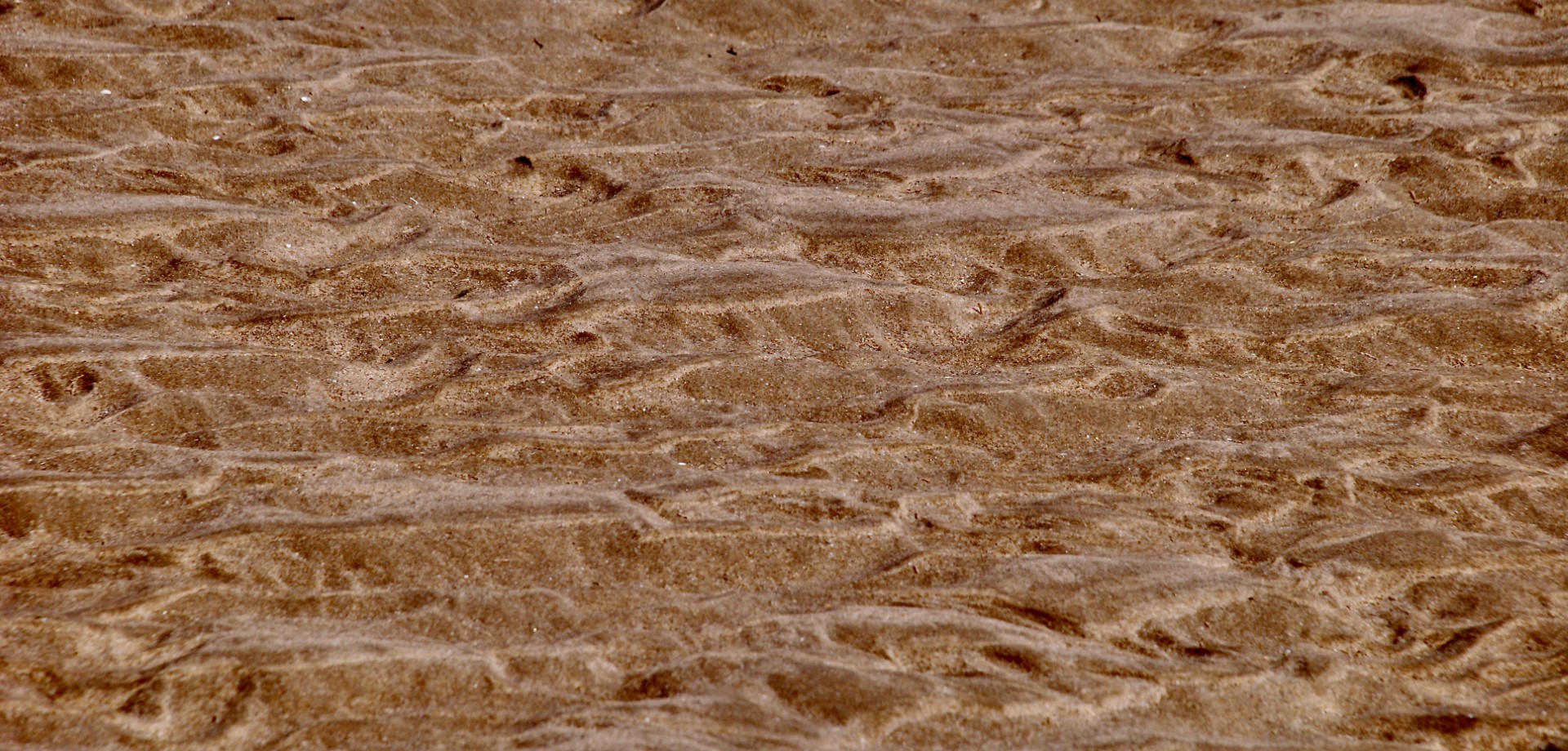Sand Hills
A desolate and treacherous stretch of land, the Sand Hills provide a buffer between the The Kaldara to the south and the Worfal Tundra to the north. Its unique combination of small mountains and sand dunes makes it a tricky region to navigate and those that wander away from the relatively set route of the Great North Way are often never seen again.
Geography
The Sand Hills are a small mountain range located in the north-eastern part of the continent of Euristan. They are flanked to the north by the Worfal Tundra, the east by the Sea of Gormallis, the south by the Kaldara Desert and the west by the Sanguine River.
It is the region on the Sand Hill’s southern border, the Kaldara desert that defines the character of the mountain range. The great southerly winds that whip down from the Heavenspire Mountains far to the south and which ripple across the desert have, over millennia deposited tonnes of sand amongst the peaks of the Sand Hills, coating their slopes, filling their valleys and in some places completely covering the smaller peaks altogether. Indeed, it is said that without the presence of the Sand Hills, the Worfal Tundra would not exist and would instead be the northern reaches of the desert.
The presence of so much sand subsuming the physical geography , makes the Sand Hills dangerous for anyone who doesn’t have an intimate knowledge of the landscape to traverse. Where sand has completely filled valleys, one can unwittingly wander into vast swathes of unstable sand, that can shift or give way without warning, sucking people down to a grim end.
The only road that navigates this region, the Great Northway, has been meticulously mapped out to take only those valleys whose orientation means that they are naturally protected from the constant accumulation of sand blowing up from the south.
Fauna & Flora
Like its cousin the Kaldara to the south, the Sand Hills are a hard place to traverse, let alone attempt to live in. Most of the landscape is desolate, with seedlings generally becoming quickly subsumed by accumulating sand. The only places where life can be found in any meaningful concentrations are in the valleys in which the Great North Way has been plotted. In these valleys, naturally sheltered and kept mostly sand free by the orientation of the mountains around them, oases have been allowed to spring up, populated with palm trees in the southern reaches of the region, changing to more boreal varieties the further north one travels.
What fauna survives in the Sand Hills is generally only found in these valley oases and are mostly confined to the varieties of gazelle, goats, and occasionally camels that survive in the Kaldara. These populations are normally not large enough to support a predatory population, though predatory creatures and monsters have been known to travel to and remain in a populous valley until all of the prey have been hunted and consumed before moving on.
The Sand Hill Ravagers
Most sentient creatures pass through the Sand Hills as quickly as possible, and few even consider making the region their home for more than a mere moment. However, the Sand Hills is home to a large community of Gnolls, who are referred to by those who are aware of them as the Sand Hill Ravagers. These Gnolls use the region as a base to both prey on traffic moving along the Great North Way and from which to raid the lands and communities to the north and south. Though this has never been truly confirmed, it is thought by scholars that part of the reason the Gnolls choose to remain in the Sand Hills, rather than trying to claim more habitable lands by force, is that the region houses several sites, which they deem to be deeply sacred.
Type
Rolling Hills
Location under



Comments